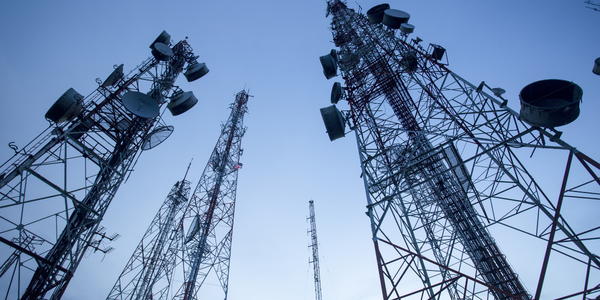Customer Company Size
Mid-size Company
Region
- Europe
- Africa
- Asia
Country
- United Kingdom
- Other
Product
- Forcepoint NGFW
- Secure SD-WAN
- Intrusion prevention system
Tech Stack
- SD-WAN
- NGFW
- Deep Packet Inspection
Implementation Scale
- Enterprise-wide Deployment
Impact Metrics
- Revenue Growth
- Customer Satisfaction
- Productivity Improvements
Technology Category
- Infrastructure as a Service (IaaS) - Cloud Computing
- Infrastructure as a Service (IaaS) - Hybrid Cloud
Applicable Industries
- Telecommunications
Applicable Functions
- Business Operation
Use Cases
- Process Control & Optimization
- Cybersecurity
Services
- System Integration
- Cloud Planning, Design & Implementation Services
- Cybersecurity Services
About The Customer
Southern Communications (formerly Link-Connect) is a provider of mission-critical infrastructure as a service (IaaS) for medium to large scale enterprises, with a major focus on SD-WAN. When a business outsources the management of their infrastructure, internal teams can focus their efforts on IT systems and projects that provide long-term value to their organization. For years, the company used their signature product, dubbed Smart-Connect, to bond multiple broadband lines together with a technology developed in-house. Smart-Connect fulfilled customer needs for a period of time, but as broadband lines improved, leased lines became more affordable, and new technologies became available, the customer desired an alternative solution that could support larger enterprise customers.
The Challenge
Southern Communications, a provider of mission-critical infrastructure as a service (IaaS) for medium to large scale enterprises, was facing a challenge with their signature product, Smart-Connect. As broadband lines improved, leased lines became more affordable, and new technologies became available, the customer desired an alternative solution that could support larger enterprise customers. Managed services are a commoditized market, and Southern Communications needed a way to differentiate their offering from its competitors. The new solution needed to support a wide range of connectivity options, allow for redundancy at each site, have the ability to assign priority to business-critical application traffic, provide visualization tools and reports, offer next-generation security, and have centralized management.
The Solution
Southern Communications selected Forcepoint NGFW with Secure SD-WAN as it satisfied their requirements for the new solution. Clients’ sites are first connected to virtual firewalls housed in the Southern Communications data center. After physical firewalls are installed at client sites, network traffic is moved from the virtual firewalls to physical appliances. Each installation is tailored to a client’s specific needs: while some prefer to replace MPLS lines altogether, others feel more comfortable augmenting MPLS with other technologies. Forcepoint NGFW with Secure SD-WAN enables the addition of new connection technologies without complex configurations or downtime. In addition to SD-WAN, the company offers their customers the option to outsource security management. Lastly, the company offers Forcepoint’s email and web security products with sandboxing (Advanced Malware Detection), as threats that originate from email or web are top of mind for many security teams.
Operational Impact
Quantitative Benefit

Case Study missing?
Start adding your own!
Register with your work email and create a new case study profile for your business.
Related Case Studies.

Case Study
Vodafone Hosted On AWS
Vodafone found that traffic for the applications peak during the four-month period when the international cricket season is at its height in Australia. During the 2011/2012 cricket season, 700,000 consumers downloaded the Cricket Live Australia application. Vodafone needed to be able to meet customer demand, but didn’t want to invest in additional resources that would be underutilized during cricket’s off-season.

Case Study
SKT, Construction of Smart Office Environment
SK T-Tower is the headquarters of SK Telecom. Inside the building, different types of mobile devices, such as laptops, smartphones and tablets, are in use, and with the increase in WLAN traffic and the use of quality multimedia data, the volume of wireless data sees an explosive growth. Users want limitless Internet access in various places in addition to designated areas.











